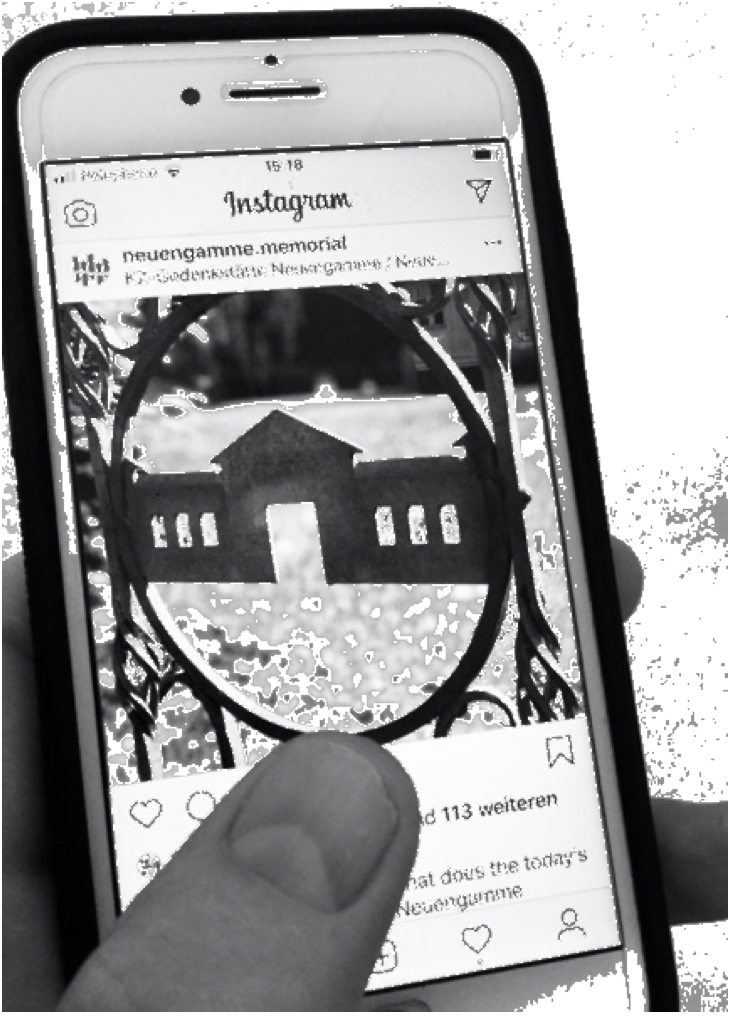The severe restrictions on public life in many countries following the spread of the COVID-19 pandemic specifically affected Holocaust memorials and museums in all parts of the world, especially in Europe and in Israel. These measures posed a significant challenge, because contemporary forms of Holocaust commemoration are particularly based on the personal experience of presence at museums and historical sites. In contrast to the experience of distancing in face of the COVID-19 pandemic, establishing the presence of the past is thus a crucial element of contemporary Holocaust commemoration. This article explores the relationship between presence and absence, proximity and distance, guided commemoration and online engagement by critically analyzing digital activities of Holocaust memorials and museums in response to the pandemic. It argues that in the wake of the COVID-19 pandemic, Holocaust memorials began experimenting with the potential of social media for Holocaust memory. These experiments finally accepted the ongoing generational change and reacted to significant previous shifts in media consumption that were already affecting Holocaust commemoration.
Commemorating from a distance: the digital transformation of Holocaust memory in times of COVID-19
As Holocaust memorials had to close their sites in the wake of the COVID-19 pandemic, this article explores how they utilized digital technology and social media platforms for commemorating the Holocaust from a distance.

